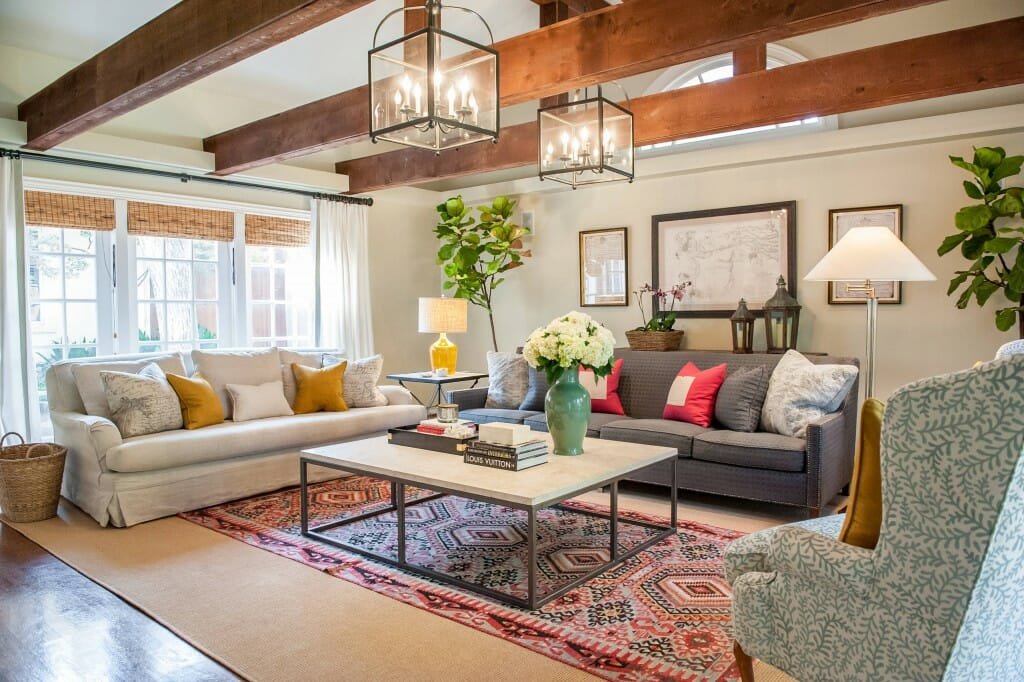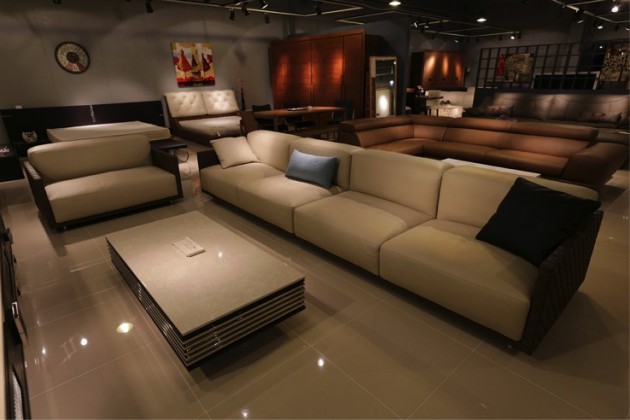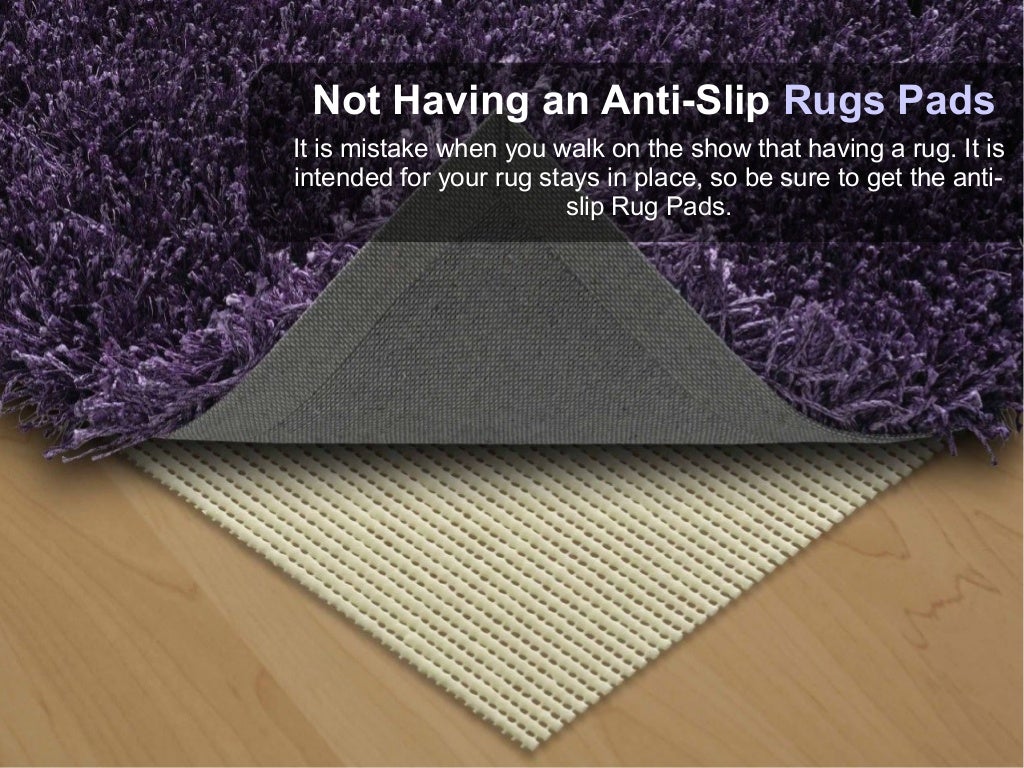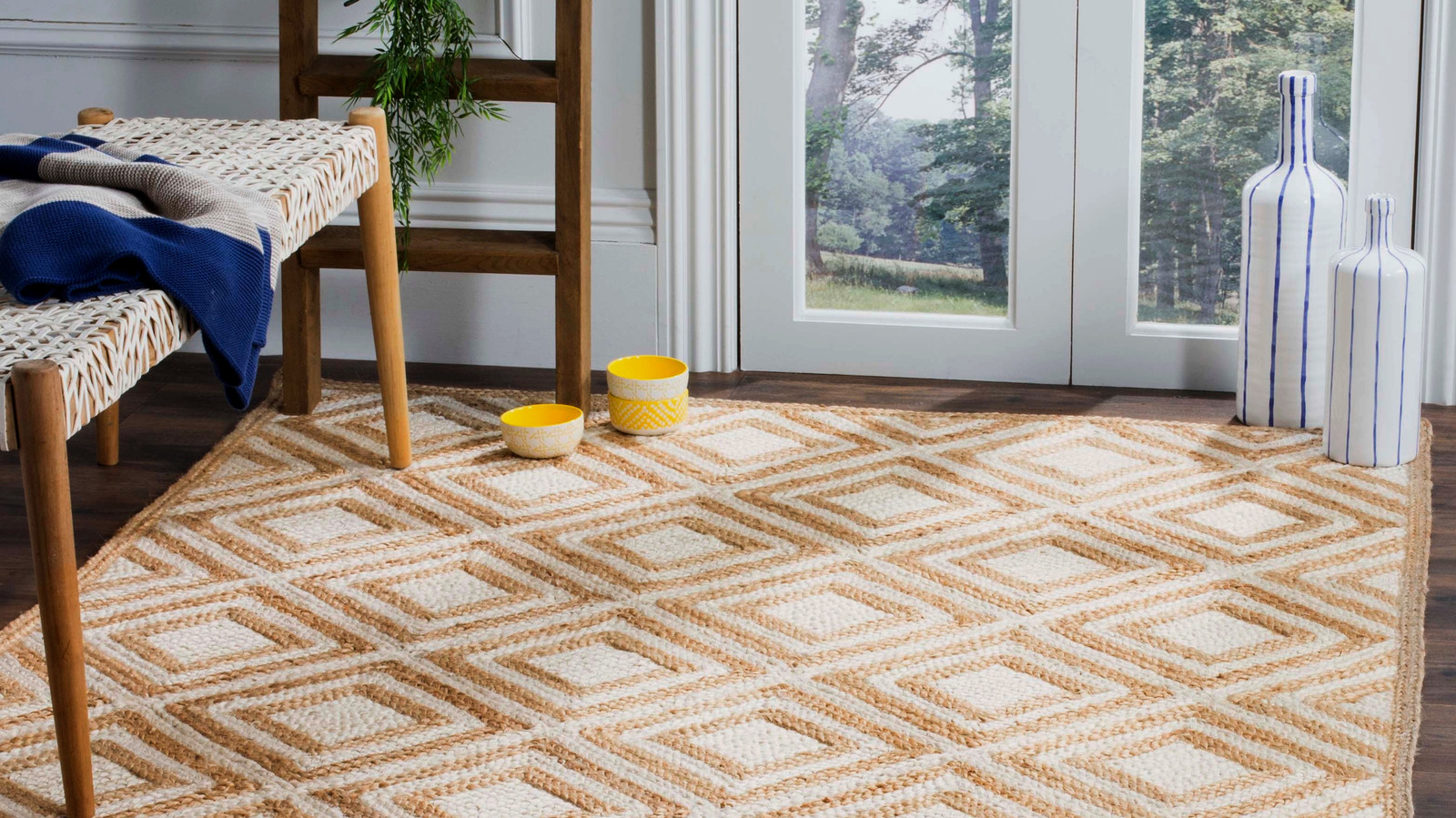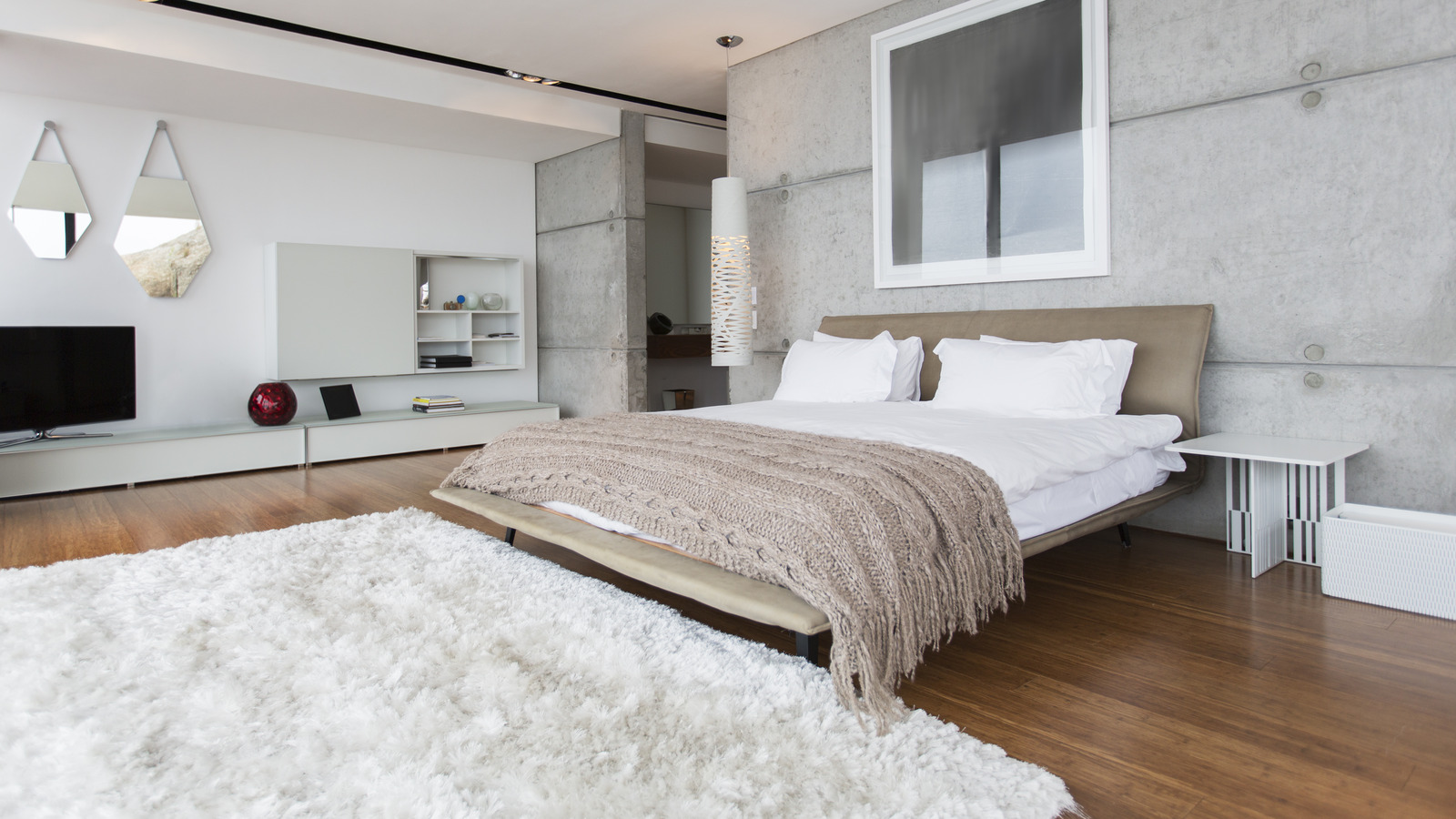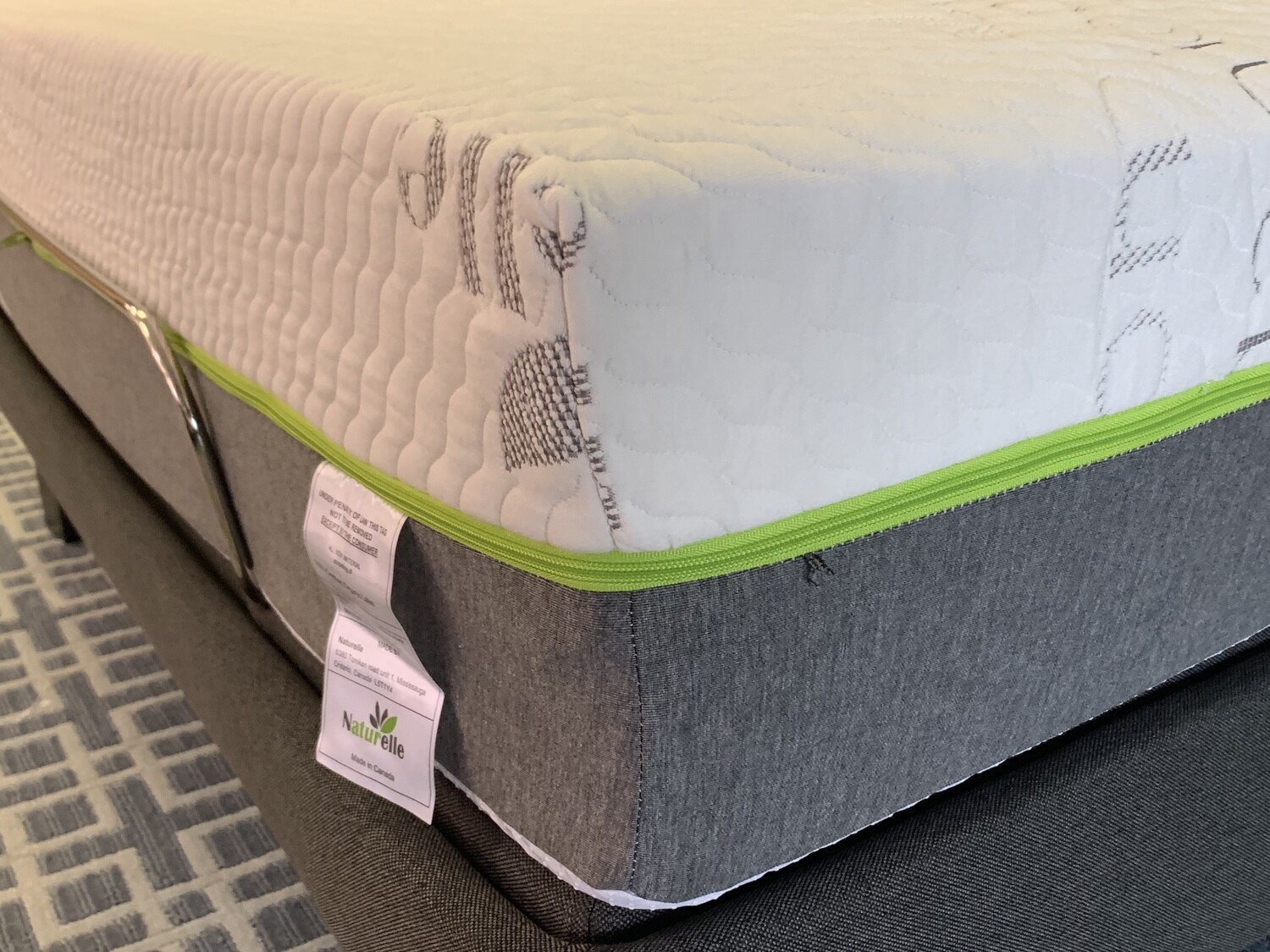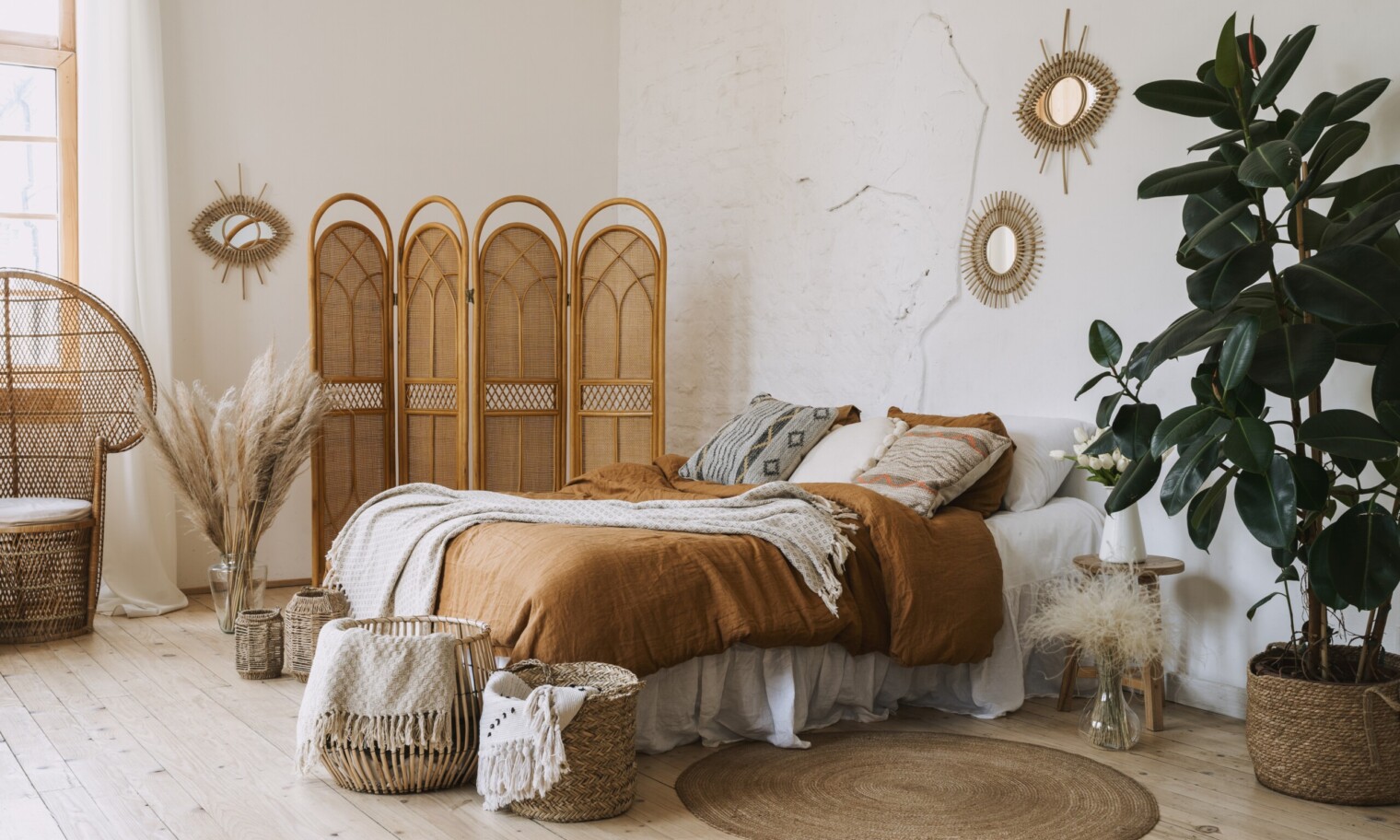A rug can be the perfect finishing touch to a living room, adding warmth, texture, and color to the space. However, choosing the right rug size and style for your living room can be a daunting task. The placement of your rug is crucial in creating a cohesive and visually appealing look. Here are some tips on how to choose the perfect rug for your living room. Rug Placement in Living Room: How to Choose the Perfect Size and Style
When it comes to choosing the right rug size for your living room, there are a few factors to consider. The first is the size of your room. A general rule of thumb is to leave at least 18 inches of bare floor space around the edge of the rug. This will help your living room feel more spacious and open. Another factor to consider is the size of your furniture. If you have a large sectional sofa, you'll want to choose a rug that is big enough for all of the legs to rest on. On the other hand, if you have a smaller sofa and a few armchairs, a smaller rug may suffice. How to Choose the Right Rug Size for Your Living Room
Choosing the best rug for your living room can seem overwhelming with so many options on the market. To narrow down your choices, consider the style of your living room. For a traditional or formal space, a patterned rug with rich colors and intricate details may be the right choice. For a more modern or minimalist look, a solid-colored or geometric rug can add interest without overpowering the room. Additionally, think about the function of your living room. If it's a high-traffic area, a durable and easy-to-clean rug is a must. If you have pets or young children, consider a patterned rug that can hide any accidents or spills. Tips for Choosing the Best Rug for Your Living Room
To achieve the perfect rug placement in your living room, there are a few dos and don'ts to keep in mind. DO anchor your furniture with the rug by placing the front legs of your sofa and chairs on the rug. This helps to create a cohesive and visually appealing look. DON'T choose a rug that is too small for your space. This can make the room feel disjointed and cluttered. DO leave at least 18 inches of bare floor space around the edge of your rug. This will help to define the seating area and make the room feel more spacious. DON'T place your rug too close to the walls. This can make your living room feel smaller than it is. The Dos and Don'ts of Rug Placement in Your Living Room
When arranging furniture around a rug in your living room, there are a few things to consider. First, make sure the rug is centered in the room and that all of the furniture is resting on it in some way. For a symmetrical look, place the front legs of your sofa and chairs on the rug, with the back legs off the rug. This works well in a traditional or formal space. For a more casual look, you can place all of the furniture completely off the rug. This works well in a bohemian or eclectic style living room. How to Arrange Furniture Around a Rug in Your Living Room
Proper rug placement is essential in creating a cohesive and visually appealing living room. A well-placed rug can tie the room together and make it feel complete. On the other hand, a poorly placed rug can make the room feel disjointed and unbalanced. Additionally, proper rug placement can also help to define different areas within your living room. For example, you can place a rug under your dining table to separate it from the rest of the living space. Or, you can use a rug to create a cozy reading nook in a corner of the room. The Importance of Proper Rug Placement in Your Living Room
When it comes to choosing the right rug material for your living room, there are a few options to consider. Natural fibers, such as wool, jute, and cotton, are durable and easy to clean, making them great for high-traffic areas. However, they may not be the best choice for homes with pets or young children. Synthetic fibers, such as nylon and polyester, are more stain-resistant and budget-friendly. They can also mimic the look and feel of natural fibers. However, they may not be as durable and may show wear and tear more quickly. Choosing the Right Rug Material for Your Living Room
The best rug placement for your living room may vary depending on the layout of the space. For a square or rectangular living room, a large rug that covers most of the floor can work well. This helps to define the seating area and make the room feel cohesive. For a long and narrow living room, a runner rug can help to visually elongate the space. You can also place multiple smaller rugs in different areas of the room to create different zones. For an open-concept living room, you can use a rug to anchor the furniture in the seating area and create a visual separation from the rest of the space. The Best Rug Placement for Different Living Room Layouts
A rug can be a great way to add a pop of color or pattern to your living room decor. If you have a neutral color scheme, you can choose a bold and vibrant rug to add some visual interest. Alternatively, if your living room already has a lot going on in terms of patterns and colors, a neutral rug can help to balance out the space. Additionally, you can play with different textures when choosing a rug for your living room. A shag rug can add a cozy and inviting feel, while a flatweave rug can add a more casual and relaxed vibe. How to Incorporate a Rug into Your Living Room Decor
When it comes to rug placement in your living room, there are a few common mistakes to avoid. First, don't choose a rug that is too small for your space. This can make the room feel unbalanced and cluttered. Another mistake is placing furniture completely off the rug, which can make the room feel disconnected and disjointed. Additionally, avoid placing the rug too close to the walls, as this can make the room feel smaller. By keeping these tips in mind and considering the size, style, and function of your living room, you can choose the perfect rug and placement to elevate your space. Common Mistakes to Avoid When Placing a Rug in Your Living Room
Finding the Perfect Rug for Your Living Room
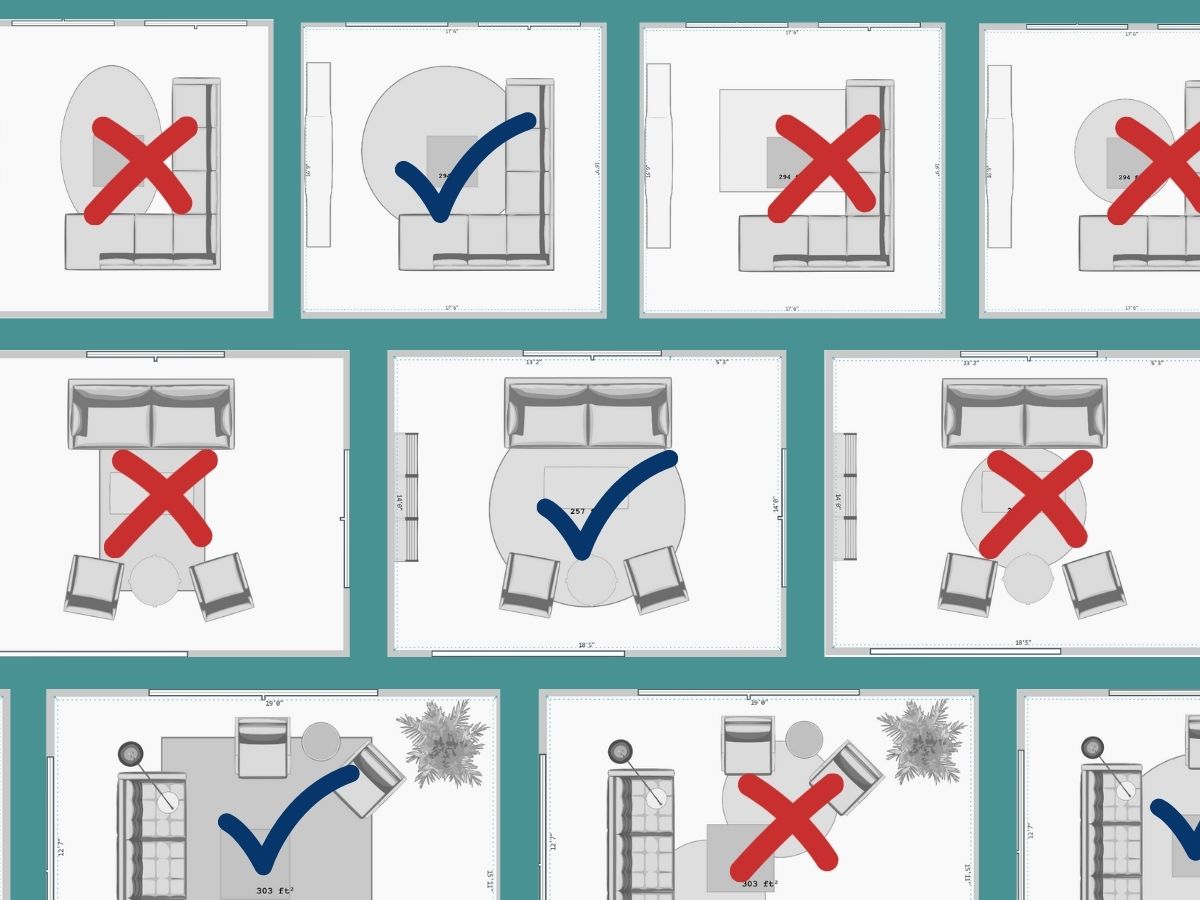
Size Matters
 When it comes to choosing the right rug for your living room, size is a crucial factor to consider. A rug that is too small will make the room feel unbalanced and disjointed, while a rug that is too large can overwhelm the space. The
correct rug placement
in your living room is essential for creating a harmonious and cohesive design. To determine the appropriate size for your rug, consider the layout and size of your living room furniture.
Place
the rug under the front legs of your sofa and chairs, leaving at least six inches of space between the edge of the rug and the walls. This will create a defined seating area and visually tie the room together.
When it comes to choosing the right rug for your living room, size is a crucial factor to consider. A rug that is too small will make the room feel unbalanced and disjointed, while a rug that is too large can overwhelm the space. The
correct rug placement
in your living room is essential for creating a harmonious and cohesive design. To determine the appropriate size for your rug, consider the layout and size of your living room furniture.
Place
the rug under the front legs of your sofa and chairs, leaving at least six inches of space between the edge of the rug and the walls. This will create a defined seating area and visually tie the room together.
Consider Traffic Flow
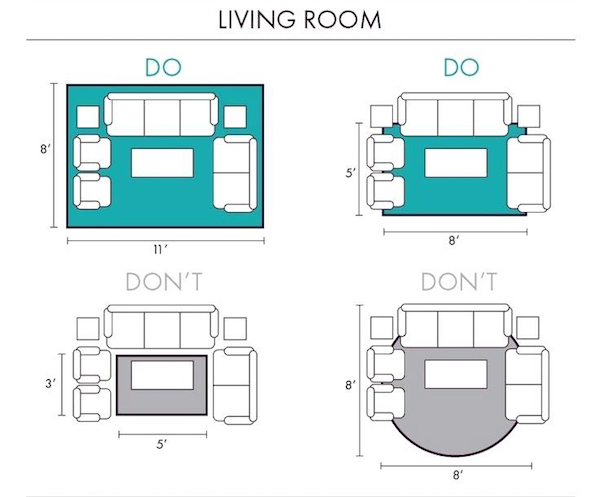 In addition to size, it is important to consider the traffic flow in your living room when choosing a rug. If your living room has a high level of foot traffic,
placing
a rug in the center of the room may not be the most practical option. Instead, opt for a rug that is slightly smaller and can be placed under the front legs of your furniture. This will prevent the rug from becoming a tripping hazard and will also protect it from wear and tear.
In addition to size, it is important to consider the traffic flow in your living room when choosing a rug. If your living room has a high level of foot traffic,
placing
a rug in the center of the room may not be the most practical option. Instead, opt for a rug that is slightly smaller and can be placed under the front legs of your furniture. This will prevent the rug from becoming a tripping hazard and will also protect it from wear and tear.
Add Layers for Dimension
 For a more visually interesting and dynamic look, consider layering rugs in your living room. This is a great option for larger living rooms where one rug may not be enough to define the space. Start with a larger neutral rug as the base, and then layer a smaller rug with a bold pattern or color on top. This will add depth and dimension to your living room and create a unique and personalized design.
For a more visually interesting and dynamic look, consider layering rugs in your living room. This is a great option for larger living rooms where one rug may not be enough to define the space. Start with a larger neutral rug as the base, and then layer a smaller rug with a bold pattern or color on top. This will add depth and dimension to your living room and create a unique and personalized design.
Choose the Right Material
 When it comes to
correct rug placement
, the material of the rug is just as important as the size and style. For high traffic areas, opt for durable and stain-resistant materials such as wool or synthetic fibers. In areas where comfort is a top priority, like a reading nook or seating area, choose a plush and soft material such as shag or faux fur. The right material will not only enhance the overall design of your living room but also ensure that your rug will last for years to come.
In conclusion, the
correct rug placement
in your living room can make all the difference in creating a functional and aesthetically pleasing space. Consider the size, traffic flow, layers, and material of your rug to achieve the perfect look for your living room. With these tips in mind, you can confidently choose the right rug for your living room and elevate your home design.
When it comes to
correct rug placement
, the material of the rug is just as important as the size and style. For high traffic areas, opt for durable and stain-resistant materials such as wool or synthetic fibers. In areas where comfort is a top priority, like a reading nook or seating area, choose a plush and soft material such as shag or faux fur. The right material will not only enhance the overall design of your living room but also ensure that your rug will last for years to come.
In conclusion, the
correct rug placement
in your living room can make all the difference in creating a functional and aesthetically pleasing space. Consider the size, traffic flow, layers, and material of your rug to achieve the perfect look for your living room. With these tips in mind, you can confidently choose the right rug for your living room and elevate your home design.



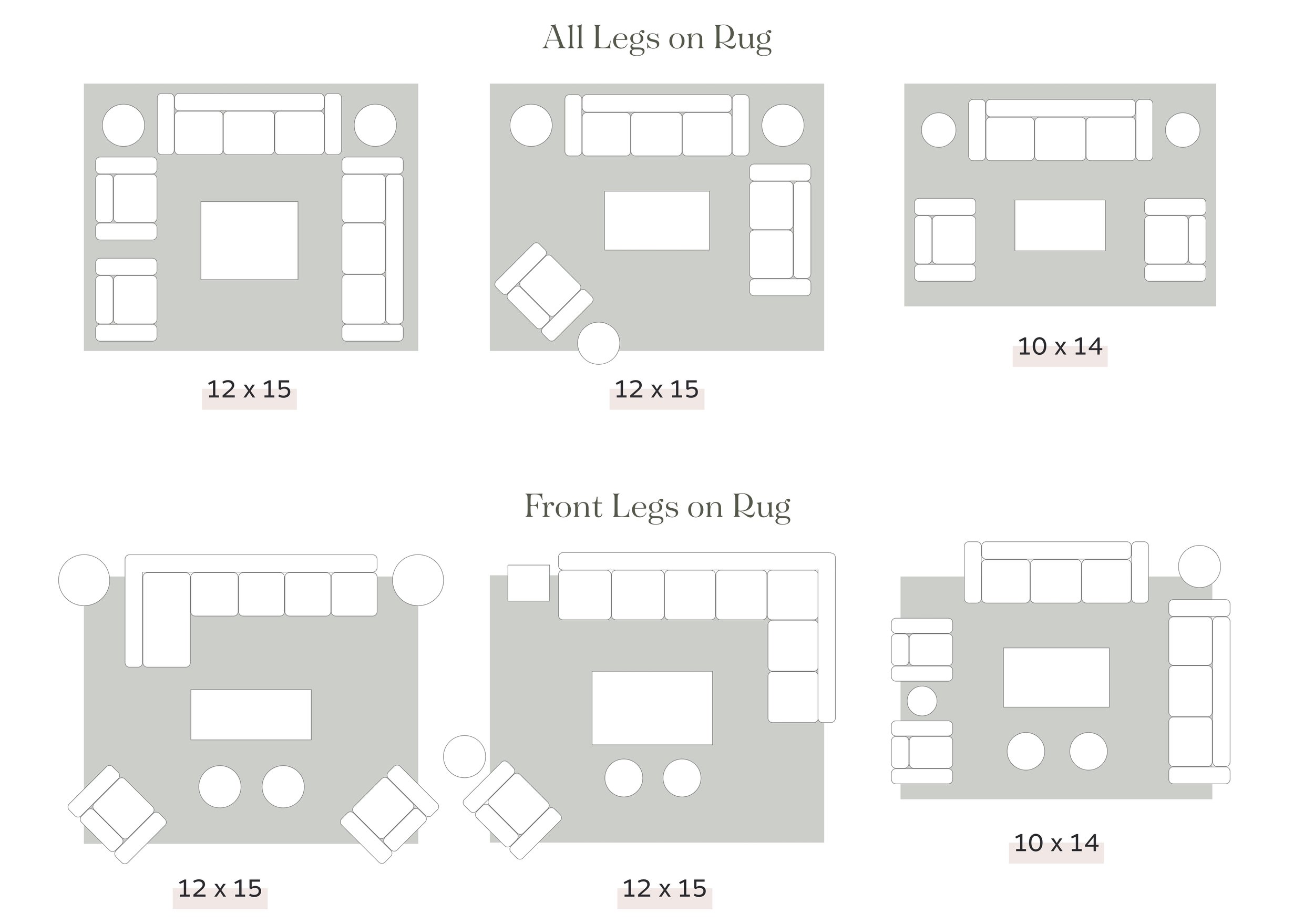



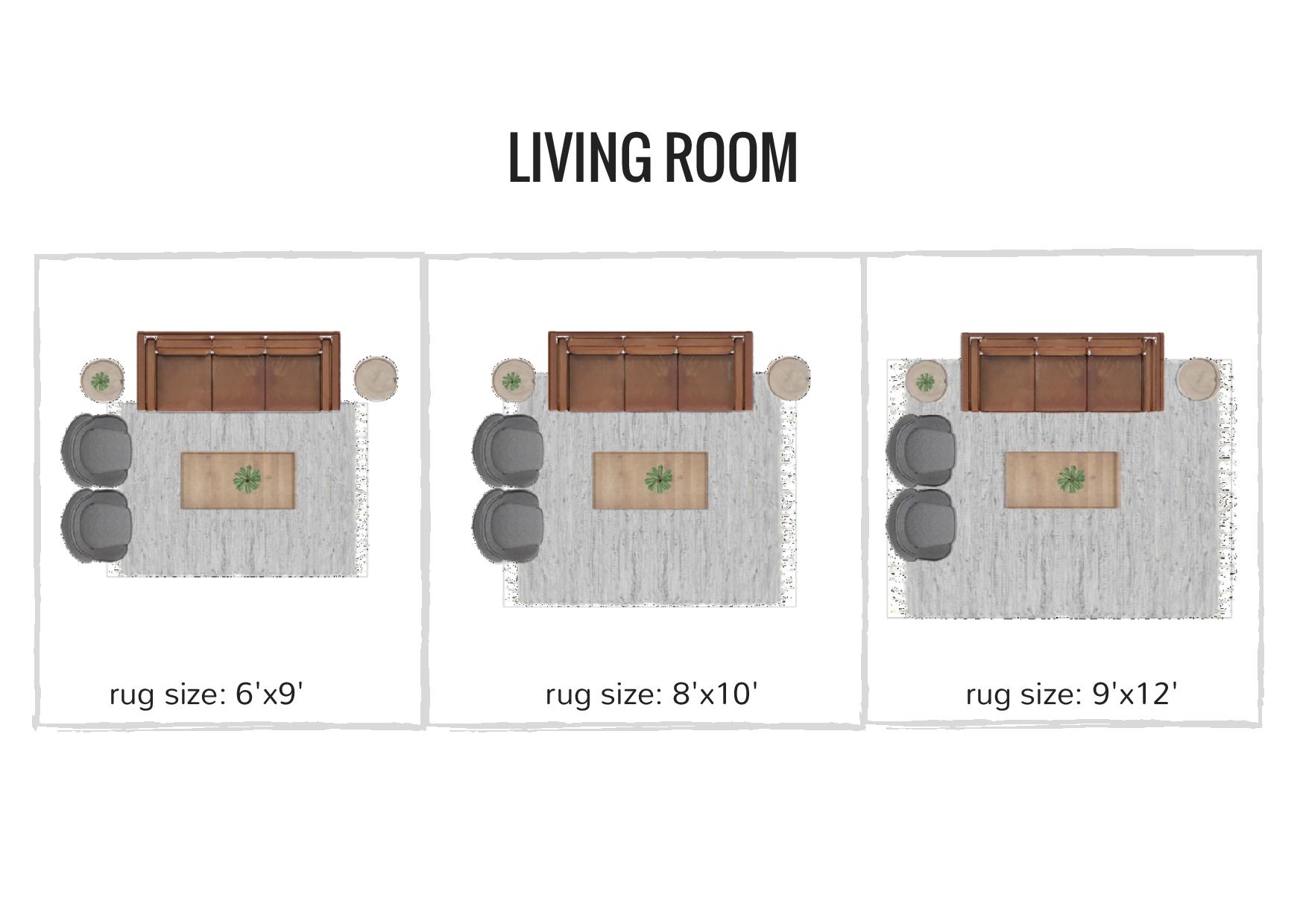


/AmyCooper-MarcellaAlanAfter1-5bef478326874b728b526bac19649802.jpg)

:max_bytes(150000):strip_icc()/living-room-area-rugs-1977221-e10e92b074244eb38400fecb3a77516c.png)




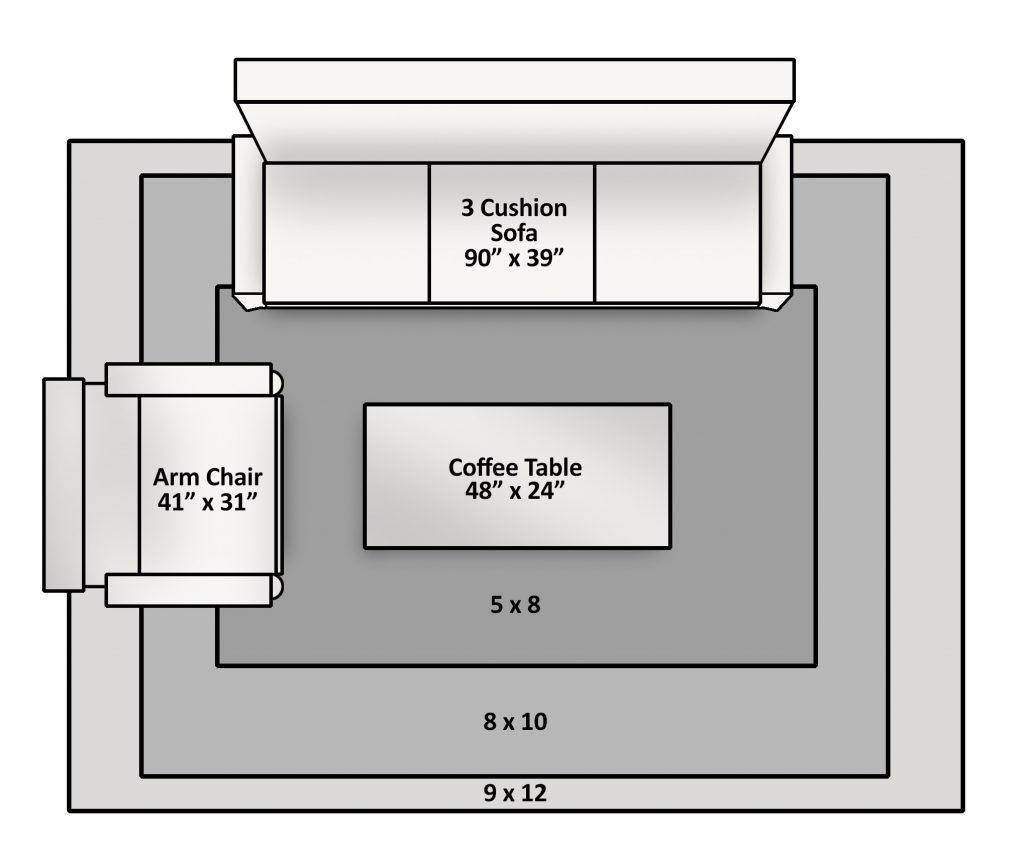
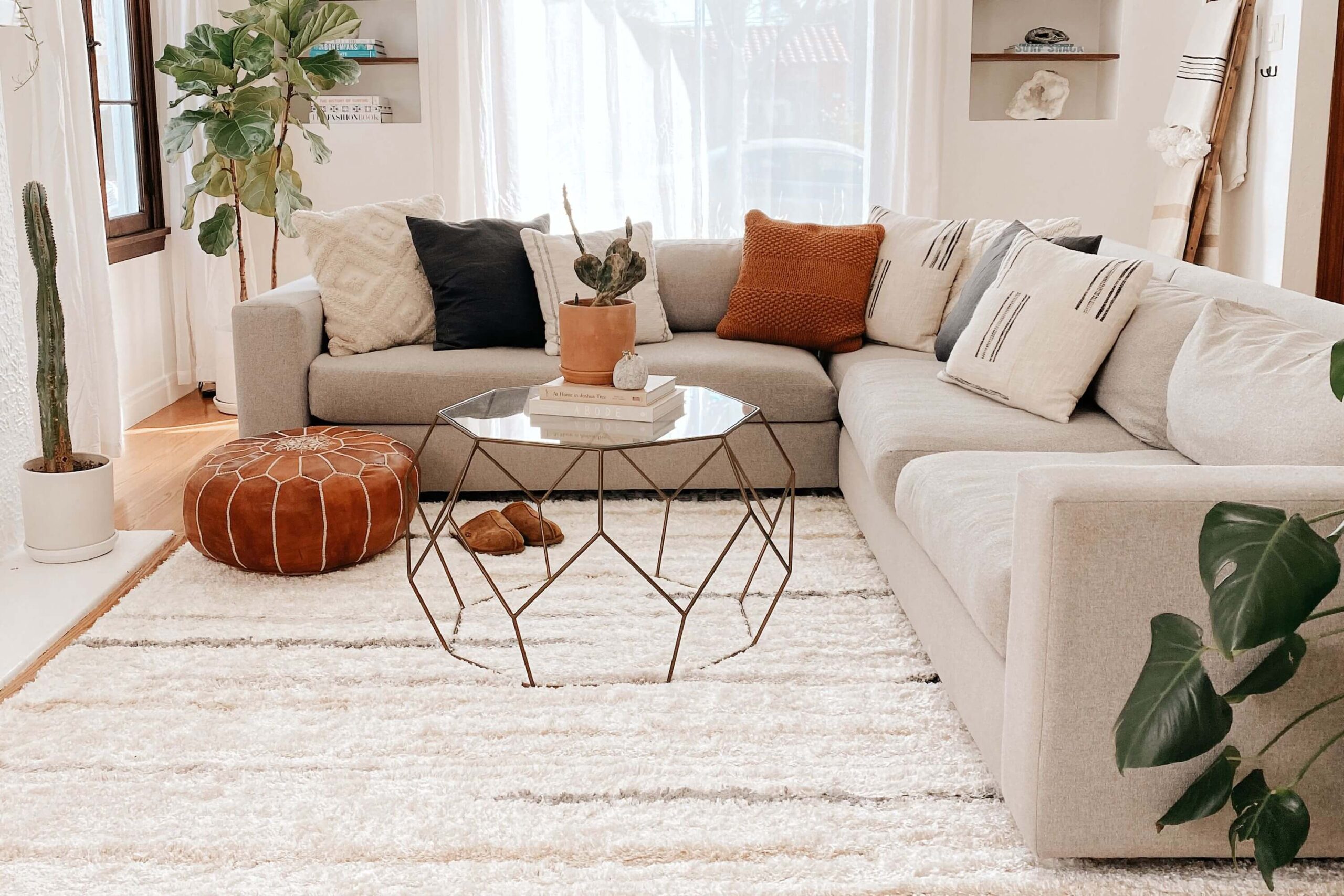




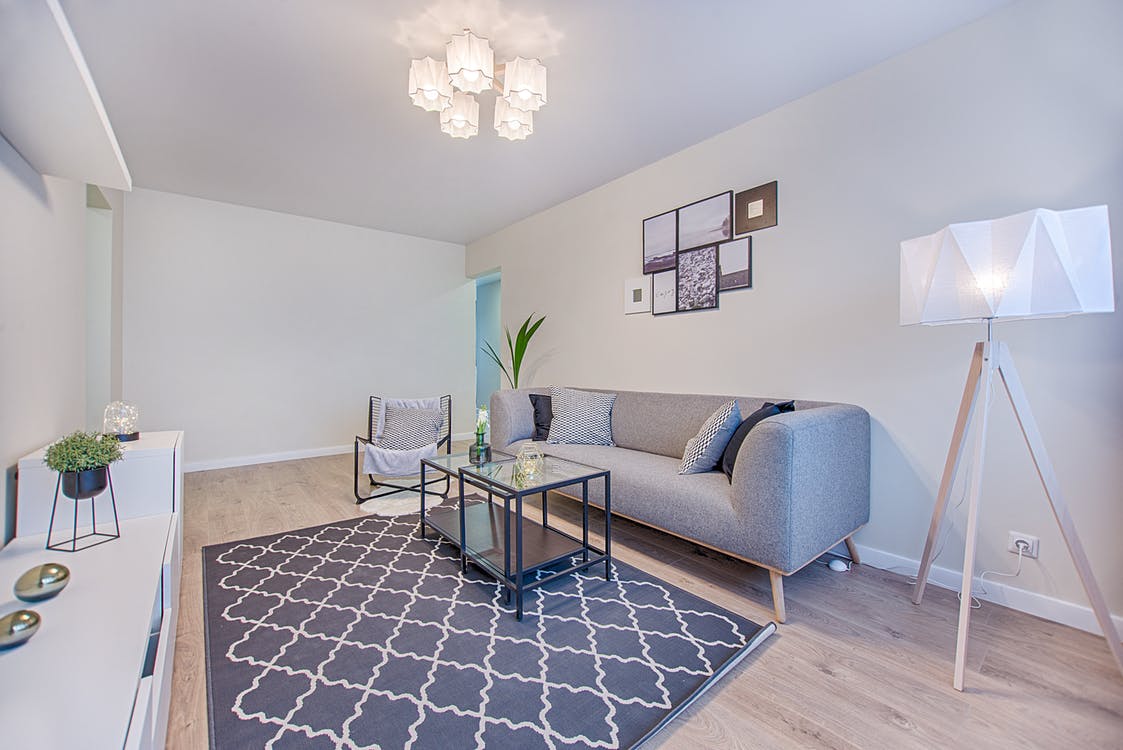




:max_bytes(150000):strip_icc()/livingroomrughomebypollly-e47422905dad453c90ac2698c9c08a3a.jpg)

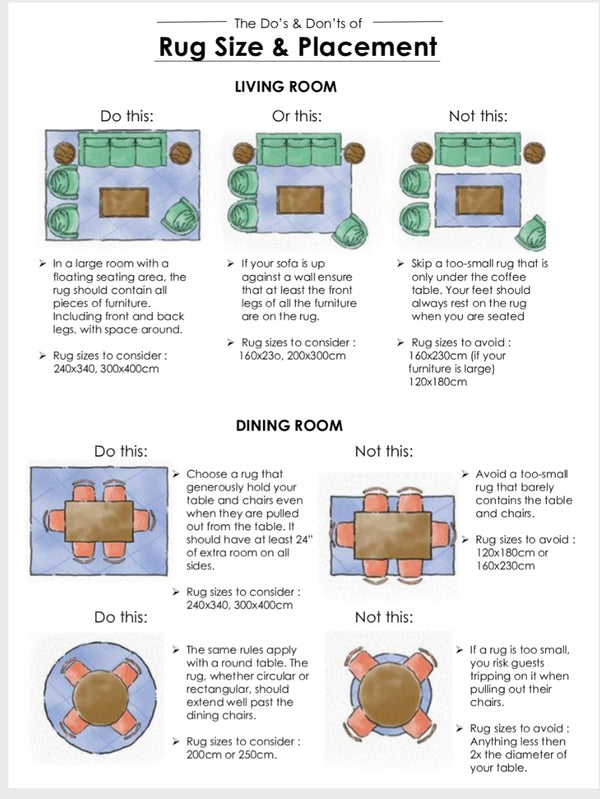
/Retouched-Laura-Genevieve-horizontal-af3b84469eb848d99572faeda9950803.jpg)




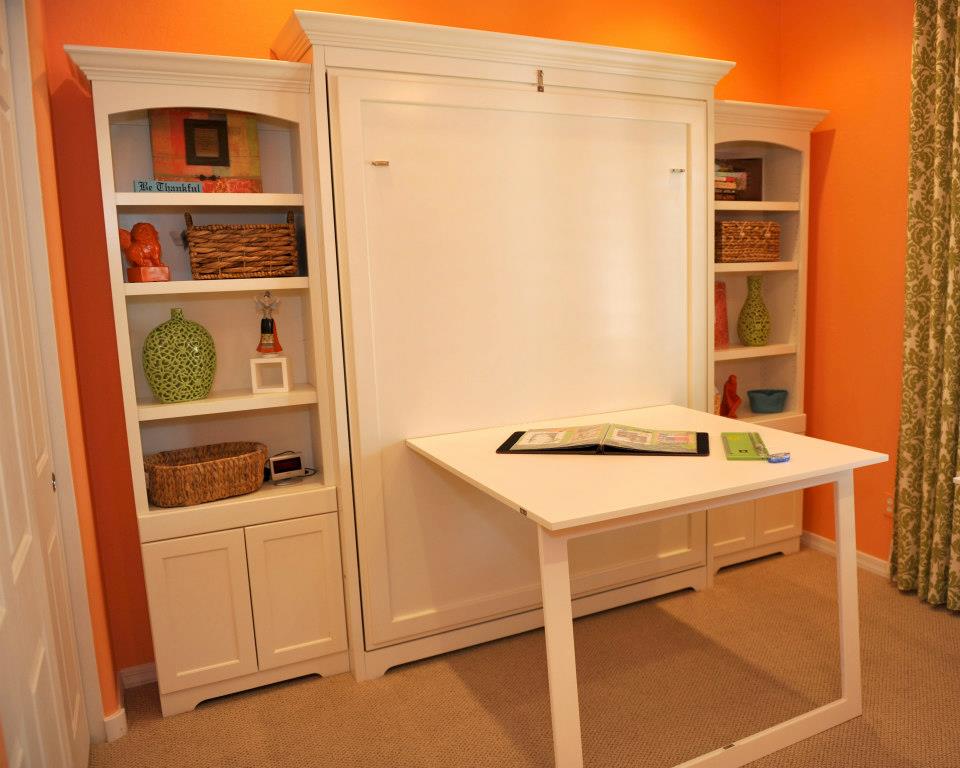






/Classic-living-room-with-fireplace-582e650d3df78c6f6a861d30.jpg)









:max_bytes(150000):strip_icc()/best-rug-size-for-living-room-sectional-7152758-748d764d4a6e45938c2bec821930b231.png)
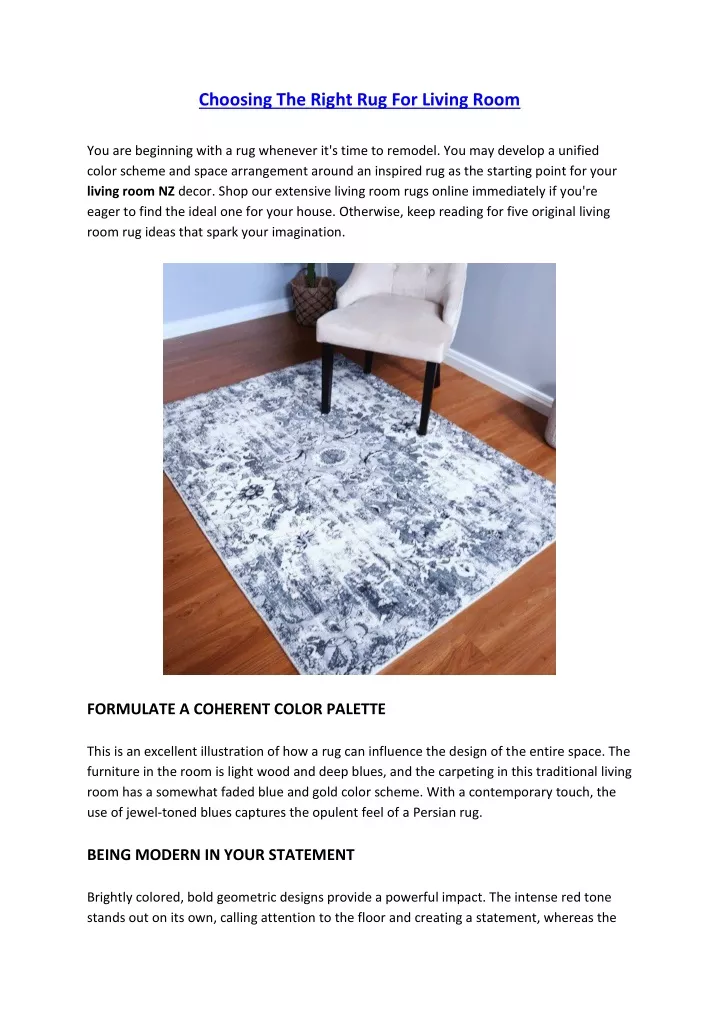


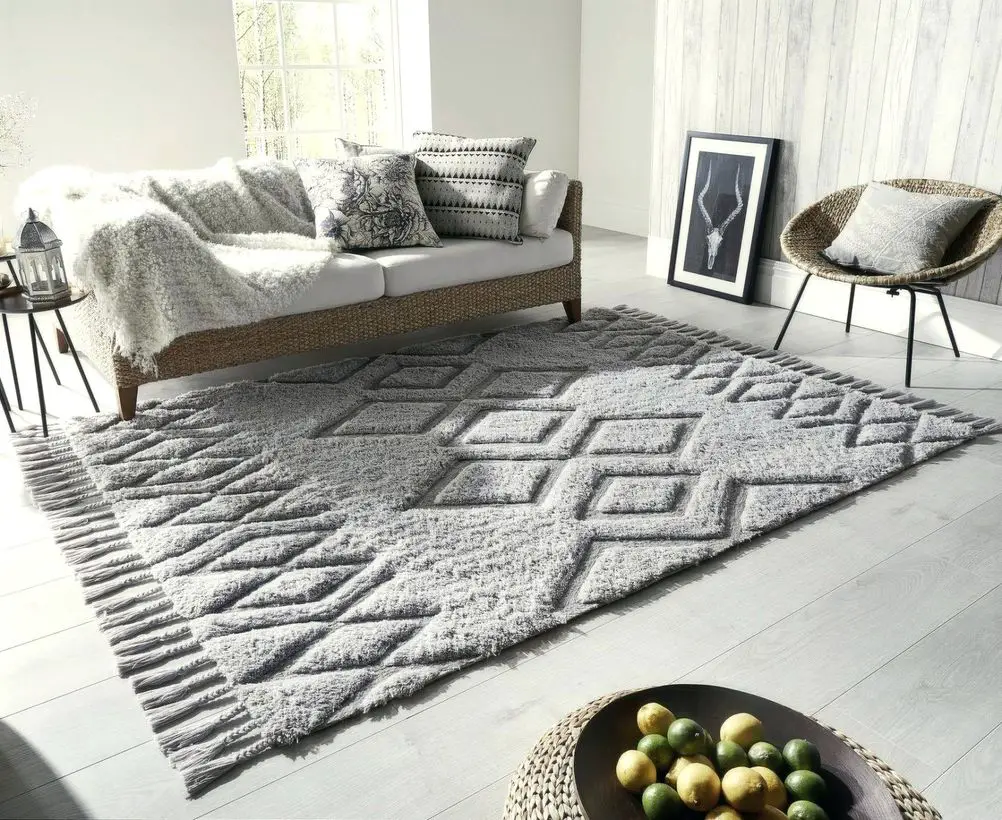
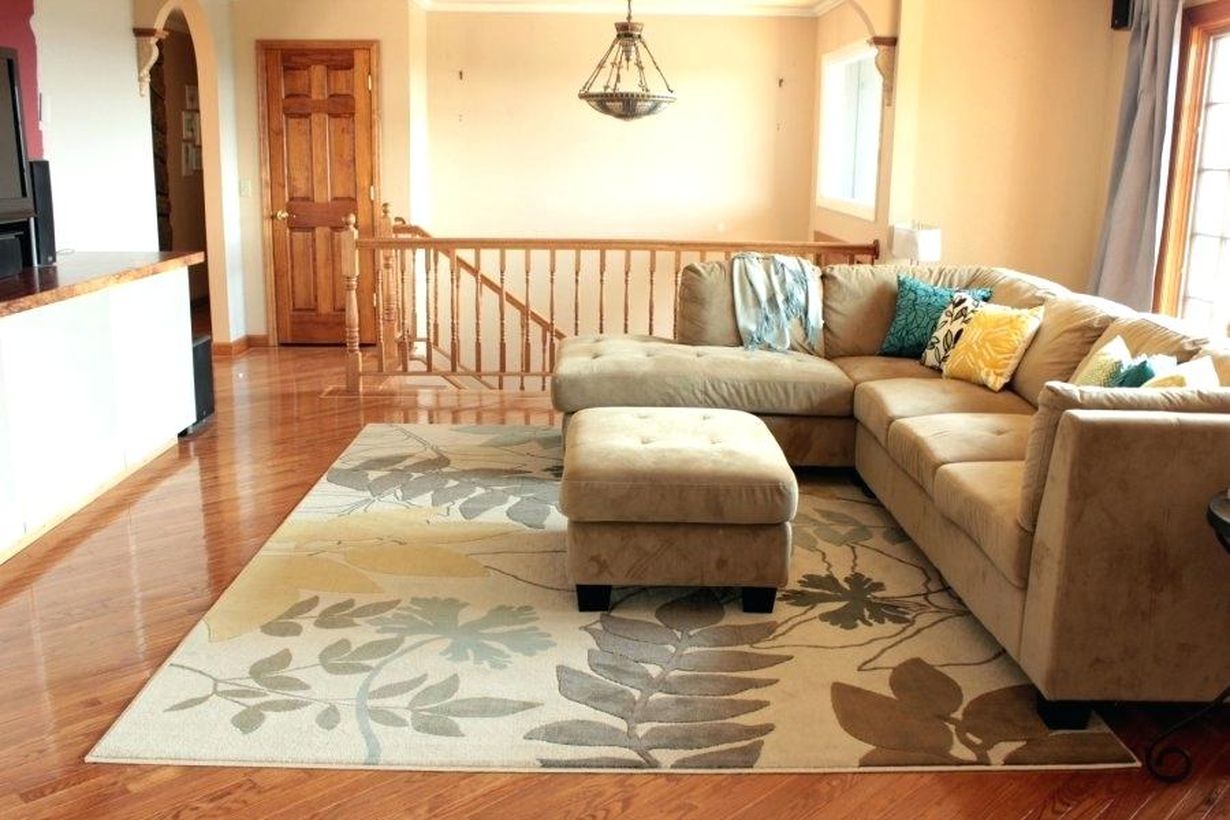




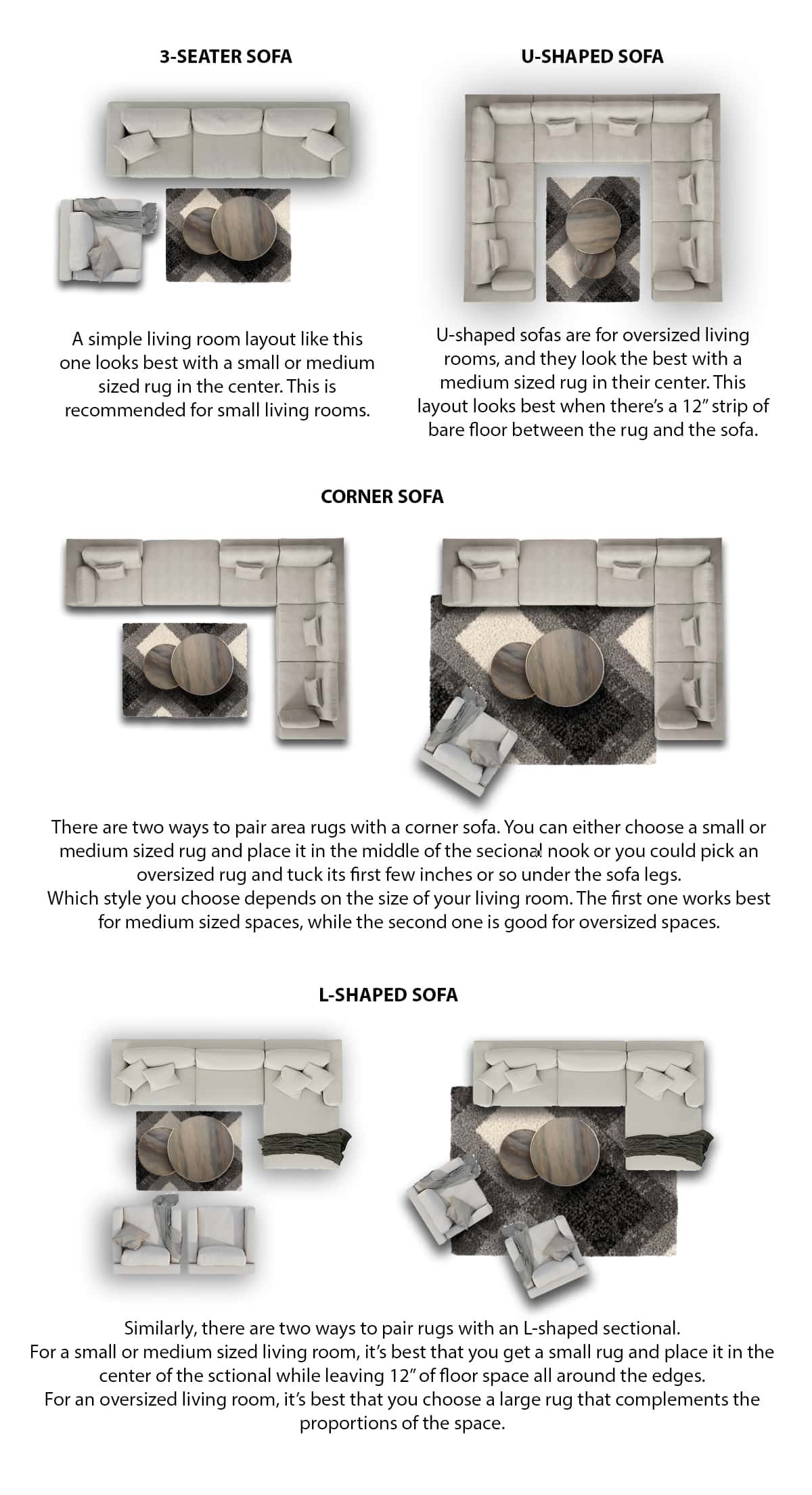
/GettyImages-560121127-6f2a4b00b4754dd6a999c24fed1f0c55.jpg)

